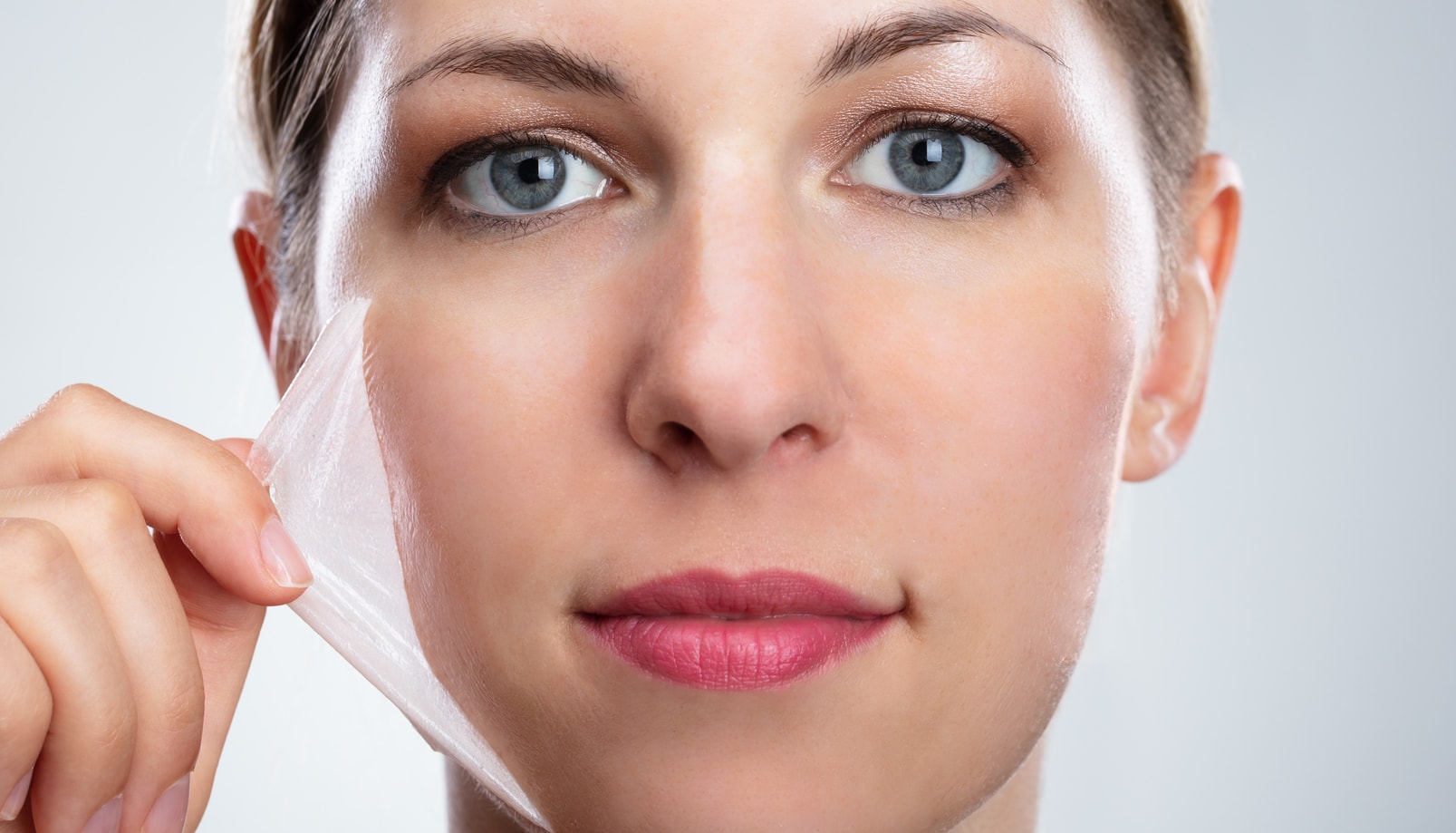
Chemical peels are a type of facial rejuvenation procedure which uses a chemical, usually a type of acid, to remove the top layers of skin and promote new, healthy skin regrowth. Chemical peels are often referred to as trichloroacetic acid (TCA) or phenol peels since these are the most common type of chemicals used for facial rejuvenation. They are categorized by the depth at which the chemical penetrates the dermis in order to achieve the desired biological effect. There are light, medium, and deep depth peels. Each peel contains a different grade of acid and is used to treat various facial imperfections or degrees of aging.
A GOOD CANDIDATE for a chemical peel includes:
The following patients are NOT GOOD CANDIDATES for certain types of chemical peels:
A chemical peel can be performed in an office, spa or hospital setting. The amount of time a peel takes to complete can range from 3 minutes to 2 hours depending on the type of peel chosen. The treatment area will be cleansed and a numbing cream may be applied to the face. The doctor will apply the chemical solution and the patient might experience a slight tingling for light to medium peels or a burning sensation for a deep peel. A fan is often used to help cool the skin during treatments and provide additional comfort.
The length of time the solution is left on the skin depends on the strength of the chemical and the patient’s goals. Some superficial or light peels are performed with 10% to 20% TCA while others use glycolic acid, salicylic acid and mandelic acid. Medium peels are 25%-35% TCA and a deep peel is 50% TCA. The stronger the solution, the deeper it penetrates the different layers of skin. The doctor will observe the changes in the skin’s appearance and neutralize the solution. The doctor may repeat the procedure for medium and deep peels until the desired level of improvement has been met. Ointment, or a thick coating of petroleum jelly, is applied to the treatment area after a medium or deep peel. Bandages or surgical dressing may be applied over the face after a deep peel.
Alternative Treatments
Alternative treatments may include microdermabrasion, microneedling and laser skin resurfacing. Each of these treatments varies with the degree of aggressiveness, recovery time and the number of treatments necessary to get the desired results.
The cost of a chemical peel varies by the type of peel performed. A light peel can cost $100-$250 while a medium peel runs from $400-700. A deep peel can cost $700-$1000. The price also depends on any fees charged by the doctor or the facility and the geographic location of the treatment.
RECOVERY and DOWNTIME after a chemical peel is subject to the type of peel.
With any kind of peel, patients should avoid direct and indirect sun exposure until any redness or pinkness has subsided. Patients who had treatment around the eyes should wear good quality sunglasses whenever going outdoors. Patients should protect the new skin with sunblock each time they go out since the skin will be more susceptible to burns.
The results of a chemical peel depend on the type of peel. Patients can expect to see some results from a light peel after the redness has faded and the swelling has gone down. It can take up to 2 weeks for the redness to fade to pink and for the patient to see some results when the patient has undergone a medium to deep peel. However, it can take 2 to 3 months for the pinkness to fade and for the final results to be apparent after a deep peel.
Light chemical peels can be repeated yearly and the results of a medium depth peel can last 2 to 3 years. A deep peel should only be performed once and the results can last for up to 10 years before needing a touch-up procedure. To maintain longer lasting results, patients should apply sunscreen with an SPF of 30 or higher before going outside to protect the skin from the sun.
Chemical peels can improve the texture of the skin by creating a controlled wound to remove the outer layers of skin and allow newer, fresher skin to regrow. However, the effectiveness of the peel depends on the training, judgment and experience of the doctor. The level of experience and training can lead to different results as well as increased risks in the hands of an inexperienced doctor. It is important to schedule an appointment with a doctor who is certified and adequately trained to perform the various types of chemical peels.
Written by Cosmetic Town Editorial Team - MA
Based on an exclusive interview with Mary Lupo, MD in New Orleans, LA